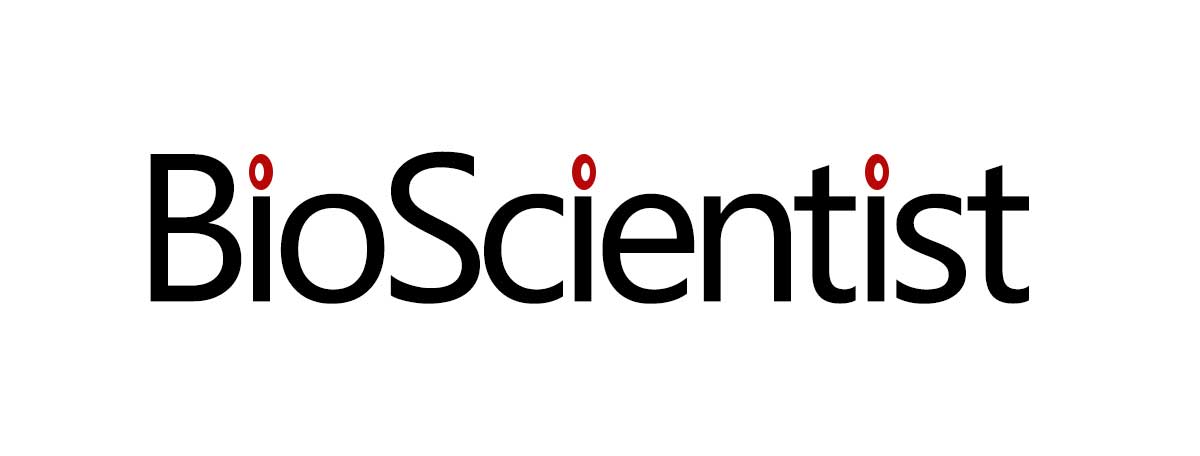Social Prescribing is also known as Community Referral; for a long time, people have been working in communities to support activities that are good for people’s wellbeing. However, now the NHS has committed to creating infrastructure so that social prescribing is available for all who need it3. The NHS promised at least 1000 trained Social Prescribing links in GPs networks; so at least 900,000 people can be referred by social prescribing by 2023/24, the largest investment in Social Prescribing made globally by national health system.
How does social prescribing work?
It allows health professionals like GPs or practice nurses to refer people to local, non-clinical services. Social Prescribing seeks to address people’s needs in holistic ways allowing individuals to take greater control of their own health. It recognises that people’s wellbeing and health are determined by a range of economic, social, and environmental factors2. A key target group is patients who may require a greater level of social and emotional support to improve wellbeing and health, than that which is available in routine care1.
Who is social prescribing dedicated to?
The main reason for developing Social Prescribing comes from the fact that many people in UK are currently in specific circumstances that often have detrimental effects on their health. These factors include financial, educational, poor housing, isolation, relationship breakdown and physical and mental health problems4,5. Of relevance here are those individuals with complex needs, wanting to improve their situation–but the required changes seem impossible to achieve without support6. Social Prescribing is more than advice or suggestions somebody might benefit from; like getting out into the garden, taking up exercise or joining a choir. A key part of the strategy is the provision of trained workers who are employed to give people time, since the GP’s surgery is usually a place people go when they do not know where else to turn. It is estimated that 20% of people visit their GP practice for what is primarily a social issue rather than a health problem.
What are the main elements of social prescribing scheme?
Social Prescription themes are usually provided by the community sector or voluntary organisations. They can include art activities, group learning, gardening, cookery, healthy eating advice and a range of sports. It is designed to support people with a wide range of social, emotional, or practical needs and many schemes are focused on improving physical wellbeing and mental health.
Main elements include but are not restricted to:
1. Health care professional that makes an initial referral. Most often GPs, but referral can also be made by a practice nurse, nurse specialist or a consultant.
2. A link worker. Referrals from the health professional go to the link worker, this is usually a non-clinically trained person. A link worker spends time with a person to work out their needs and goals.
3. A range of local community, voluntary, and social enterprise groups to which a person can be referred. The range of groups differ between locations and a link worker would usually build up this local knowledge of groups and services. These can include lunch clubs, walking groups, books, nature-based activities, physical activity classes or counselling.
Does social prescribing work?
There is a growing body of evidence that social prescribing can lead to a range of positive health and wellbeing outcomes. Studies have pointed to improvements in quality of life and emotional wellbeing, mental and general wellbeing, and levels of depression and anxiety. Furthermore, comorbidity and frailty decreased while activity of patients increased6,8. There are different models of Social Prescribing that are applied throughout England, most involve a link worker who works with people to access local sources of support. For example, at the newly opened RHS Garden Bridgewater in Worsley, Greater Manchester, a newly created role for a therapeutic gardener allows gardening to be used as a therapy on pilot scheme.

RHS Garden Bridgewater in Worsley, Greater Manchester. More details: https://www.rhs.org.uk/gardens/bridgewater
Social Prescribing does not replace medical treatment, but it gives a new future to people who need connection rather than just medication. Despite improving patients' well-being, further research is needed to identify who is most likely to benefit from Social Prescribing, and which interventions are most cost effective.
References
1. Drinkwater C, Wildman J, Moffatt S. Social prescribing. BMJ. Published online March 28, 2019:l1285. doi:10.1136/bmj.l1285
2. Social prescribing. NHS England. Accessed August 1, 2021. https://www.england.nhs.uk/personalisedcare/social-prescribing/
3. What is social prescribing? The King’s Fund. Published November 4, 2020. Accessed August 1, 2021. https://www.kingsfund.org.uk/publications/social-prescribing
4. Gibson K, Pollard TM, Moffatt S. Social prescribing and classed inequality: A journey of upward health mobility? Soc Sci Med. 2021;280:114037. doi:10.1016/j.socscimed.2021.114037
5. Wakefield JRH, Kellezi B, Stevenson C, et al. Social Prescribing as ‘Social Cure’: A longitudinal study of the health benefits of social connectedness within a Social Prescribing pathway. J Health Psychol. Published online July 23, 2020:135910532094499. doi:10.1177/1359105320944991
6. Jani A, Liyanage H, Hoang U, et al. Use and impact of social prescribing: a mixed-methods feasibility study protocol. BMJ Open. 2020;10(9):e037681. doi:10.1136/bmjopen-2020-037681
7. Kate Ferrari. A prescription for fresh air and green space. RHS. Published October 18, 2019. Accessed August 1, 2021. http://www.rhs.org.uk/advice/health-and-wellbeing/articles/social-prescribing
8. Elston J, Gradinger F, Asthana S, et al. Does a social prescribing ‘holistic’ link-worker for older people with complex, multimorbidity improve well-being and frailty and reduce health and social care use and costs? A 12-month before-and-after evaluation. Prim Health Care Res Dev. 2019;20:e135. doi:10.1017/S1463423619000598
